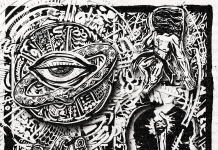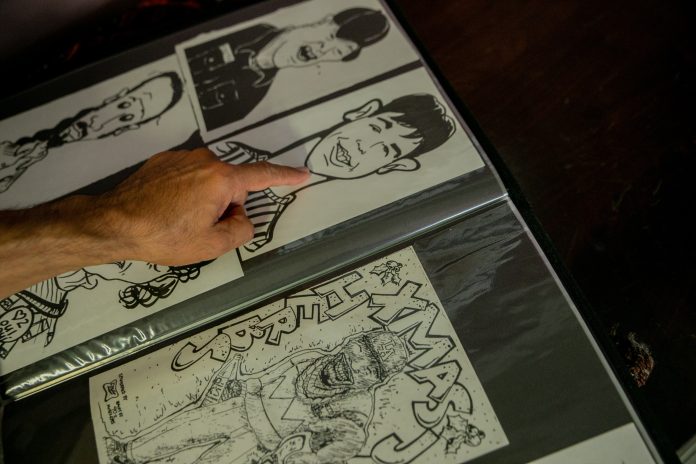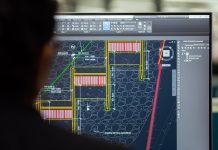All words and no action make it difficult for someone to believe you. In professional spaces especially, simply saying that you are good at doing something is not enough. It definitely doesn’t make you employable. You are always expected to prove your skills and qualifications through your work. To be able to do that, a recruiter first needs to trust your qualifications and skills, but on what basis can they gain this trust and offer you a job? This is where a resume, cover letter and portfolio come into play.
Having all three is extremely essential when applying for a job. While everyone does have and require a resume and cover letter, a portfolio is something that not everyone has or requires. However, creative professionals like photographers, designers, architects, and even video editors must have a strong portfolio.
Understanding the basic differences between a resume and a portfolio
- A resume simply mentions your educational qualifications, the interpersonal and technical skills you hold, your contact details and of course your work experience. A portfolio on the other hand is a visual representation of all the work you have done and undertaken. It is proof of everything your resume mentions.
- A resume can or cannot be creative. A portfolio is always required to be creative. The style and design of your portfolio are a reflection of your mind, your creative abilities and also your personality.
- Your resume is the key that unlocks an invitation for an interview. A portfolio is a tool you use at the time of your interview to convince your recruiter to hire you.
- A resume is a short document of one or a maximum of two pages. It mentions everything about you in short sentences and pointers. A portfolio on the other hand is detailed and extensive as it showcases your work.
- Both are used to apply for a job. However, to pitch to a client, a portfolio is most crucial and effective. A client might or might not ask for a resume, but they will surely want to see a portfolio before trusting you with a project.
What must a portfolio include?
Every portfolio is different in design and format, however, it must have certain essential elements. Some of them are:
Statement of Originality/Declaration: It is a paragraph in which you mention that all the work displayed in your portfolio is original and done by you.
Career summary: In this section, you mention a little about your career, your work experience to the current date, all your career-related achievements, and your future career plans and goals.
Brief biography: In this paragraph, you get to tell your prospective employer a little bit about yourself. Here you can talk about your interests, hobbies, skills, and even your role models. This should give a little glimpse into your life and who you are as a person.
Philosophy statement: Here you mention the values and rules you abide by in your life. This helps your potential employers to understand your value system and principles in life.
Work samples: This is where you actually show the work that you have done so far. It can include your research papers, photography projects, presentations, designs, project plans, etc. Along with this, you must also give a brief about each work sample displayed.
Resume: Although you provide your resume separately to the employer, it is only an added benefit for the employer to have the contents of your portfolio and your resume in the same place.
Platforms to create your portfolio
The best and traditional way to create your portfolio is undoubtedly on a pdf document, however, you can also have your online portfolio for anyone to access on online platforms like Behance.
Make sure you add all your relevant contact details.





























